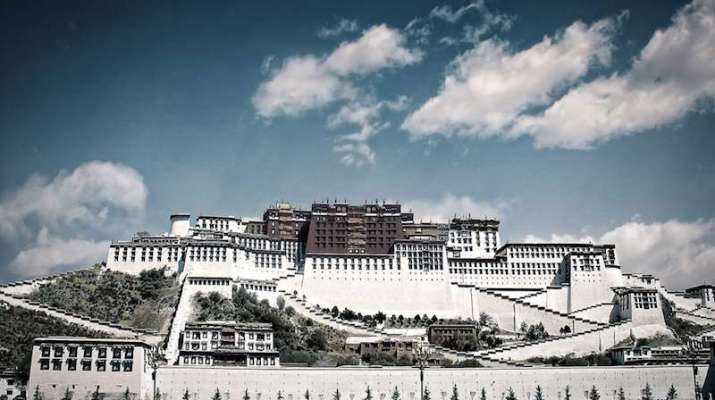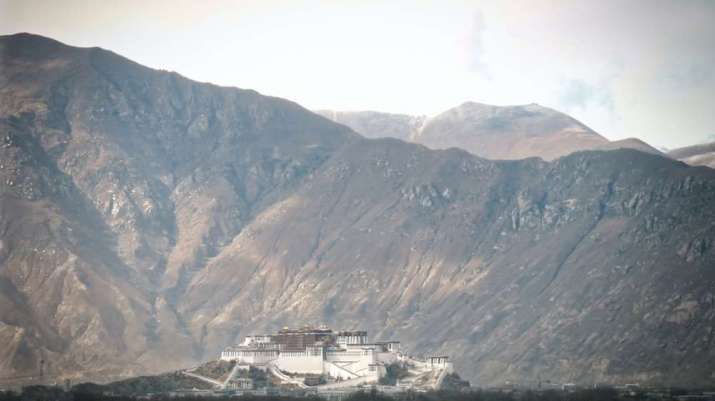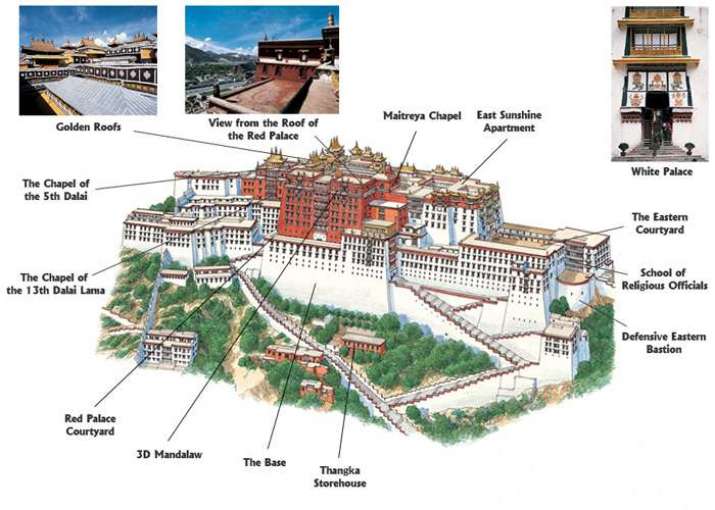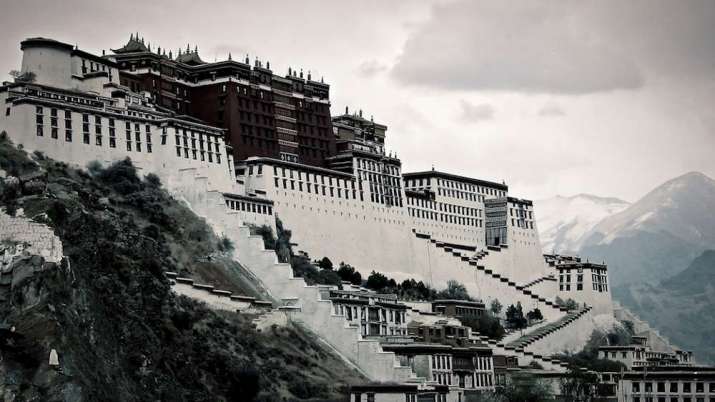NEWS
China Plans US$1.5-million Renovation Project for Potala Palace in Tibet
 Photo by Craig Lewis. From newlightdreams.com
Photo by Craig Lewis. From newlightdreams.comA “large-scale” 10-million-yuan (US$1.5 million) renovation project is planned for Tibet’s iconic Potala Palace, Chinese state media announced. The initiative, approved by the State Administration of Cultural Heritage (SACH), will focus on preserving the palace’s gold-plated roof and improving onsite security and surveillance systems at the complex, Xinhua News Agency reported.
Sitting atop Red Mountain in the center of the Lhasa Valley at an altitude of 3,700 meters, the Potala Palace, named after Mount Potalaka, the mythical abode of the bodhisattva Avalokitesvara, was originally constructed during the 7th century and has since undergone several major reconstructions. Considered a masterpiece of Tibetan architecture, the complex is a major landmark and symbol of Tibetan Buddhism because of its central role in the traditional administration of Tibet and remains a major pilgrimage site for Tibetan Buddhists. The existing structure, which was listed as a UNESCO World Heritage Site in 1994, was completed in 1694 following a 45-year construction effort initiated by the 5th Dalai Lama, and later expanded to its current size by the 13th Dalai Lama in the early 20th century.
 Photo by Craig Lewis. From newlightdreams.com
Photo by Craig Lewis. From newlightdreams.comAn official from the SACH noted that the renovation project would focus on protecting and extending the life of the palace’s ornate roof, which has been damaged by prolonged exposure to the harsh Himalayan climate. The SACH is an administrative agency under the Ministry of Culture charged with the management and development of museums, and the protection of sites and relics of national cultural significance.
Originally the official winter residence of the Dalai Lama, the Potala Palace complex, which comprises more than 1,000 rooms and halls spread over 13 floors of the Red and White Palaces and numerous chapels and ancillary buildings, has since been converted into a public museum housing 698 murals, nearly 10,000 thangkas, some 10,000 shrines, and more than 200,000 statues, carpets, canopies, curtains, porcelain, jade, gold and silver objects, as well as an extensive library of sutras and historical documents.
 Layout of Potalal Palace. From tibetdisovery.com
Layout of Potalal Palace. From tibetdisovery.comThe imposing walls, gates, and turrets, constructed from rammed earth and stone, are built to withstand earthquakes as the Himalayan region is prone to seismic disturbances. The White Palace houses the main ceremonial hall containing the throne of the Dalai Lama, with his private residence and audience hall at the uppermost level. The Red Palace, which contains gilded burial stupas of past Dalai Lamas, is devoted to Buddhist study and prayer, comprising halls, chapels, libraries, as well as smaller galleries and passages. Situated in the west of the complex is Namgyel Dratshang, the private monastery of the Dalai Lama.
The nearby 7th century Jokhang monastery, considered the most sacred Buddhist temple in Tibet, and the 18th century Norbulingka, the former summer residence of the Dalai Lamas, were added to the UNESCO World Heritage Site in 2000 and 2001, respectively.
The palace is the most popular and recognized tourist attraction in Tibet: an estimated 1.37 million domestic and international tourists visited the landmark in 2016, according to Xinhua. Earlier this year, four squat toilets built some 300 years ago and located at either end of the complex were replaced by modern washroom facilities inside wooden structures designed to blend in with architecture of the neighboring buildings. The news agency stated that the central government has spent close to 3 billion yuan (US$455.9 million) protecting the cultural heritage of the Tibet Autonomous Region over the past two decades.
 Photo by Craig Lewis. From newlightdreams.com
Photo by Craig Lewis. From newlightdreams.comSee more
Potala Palace to undergo large renovation (XinhuaNet)
China Plans To Renovate Dalai Lama's Iconic Potala Palace In Tibet (NDTV)
Tibet's iconic Potala Palace to be renovated: Chinese state-run media (The Tibet Post)
China to renovate Dalai Lama’s Potala Palace in Tibet (Tibet Sun)
Tibet's Potala Palace embraces modern toilets (Global Times)
Historic Ensemble of the Potala Palace, Lhasa (UNESCO)
Related news from Buddhistdoor Global
Expansion Project Complete at the Tibet Buddhist Theological Institute in Lhasa
China Appoints Communist Party Officials to Manage Larung Gar Buddhist Academy
Buddhist Monk Highlights Need for Conservation on the Tibetan Plateau
Gyalwang Drukpa Warns of Climate Change Threat to Himalayan Water Sources
Related features from Buddhistdoor Global
Rebuilding a Buddhist Monastery in Contemporary China: Venerable Master Miaojiang and the Great Sage Monastery of Bamboo Grove
A Mission of Preservation: A Conversation with Prof. Luo Wenhua of the Palace Museum














